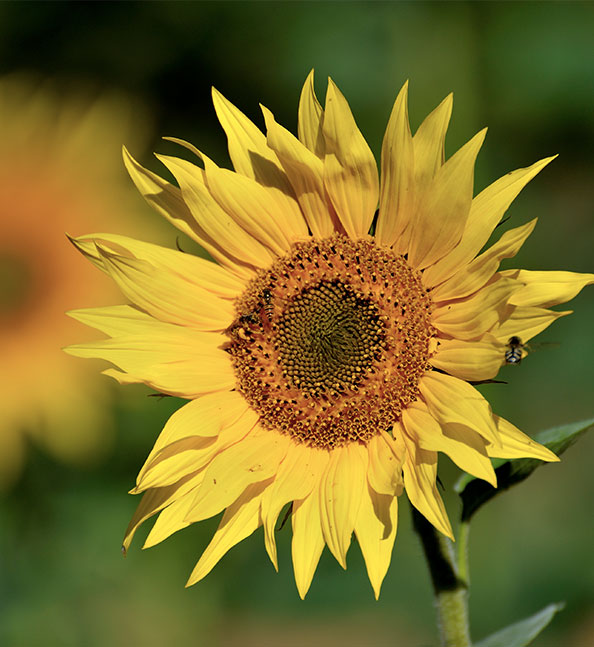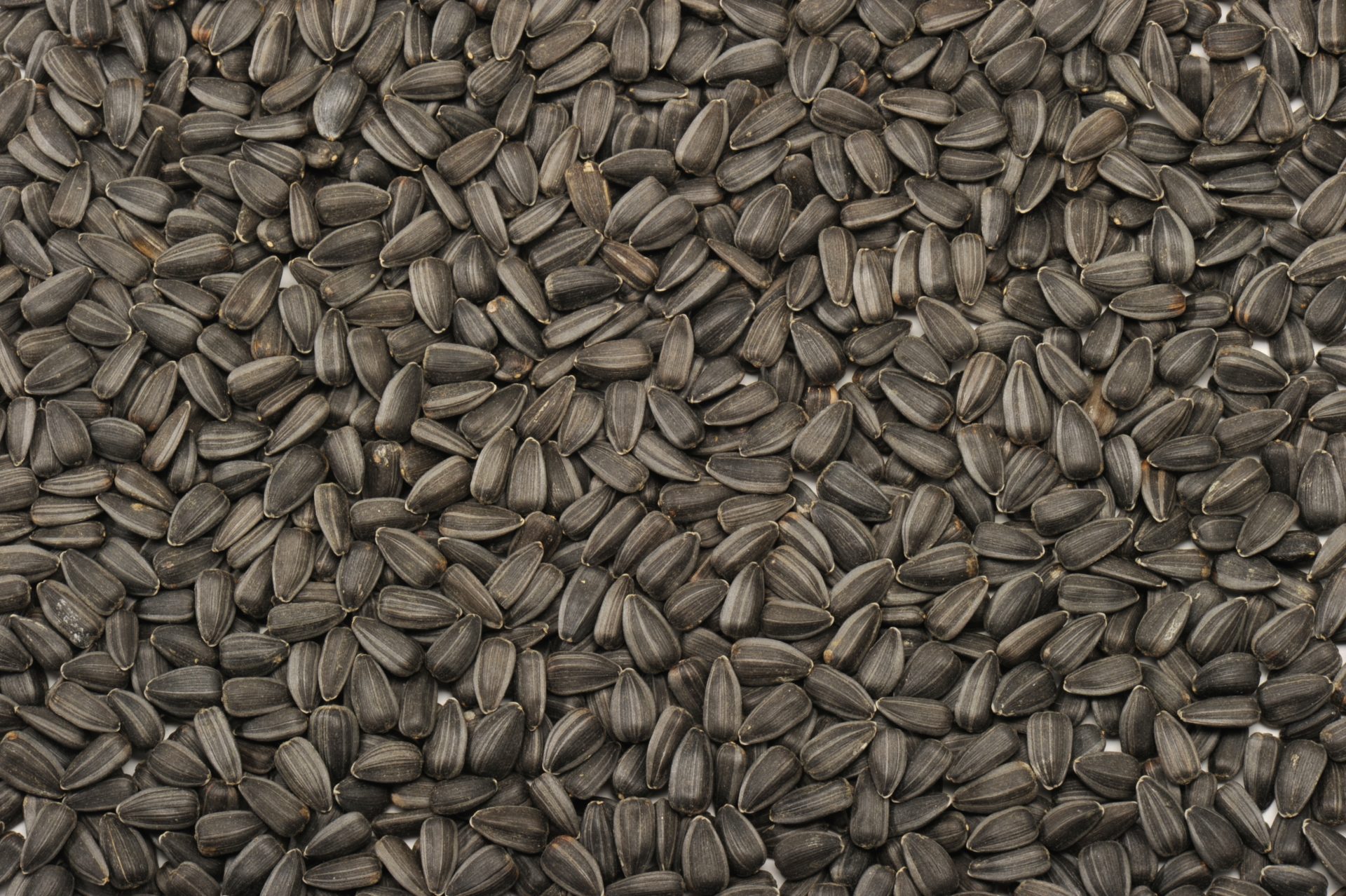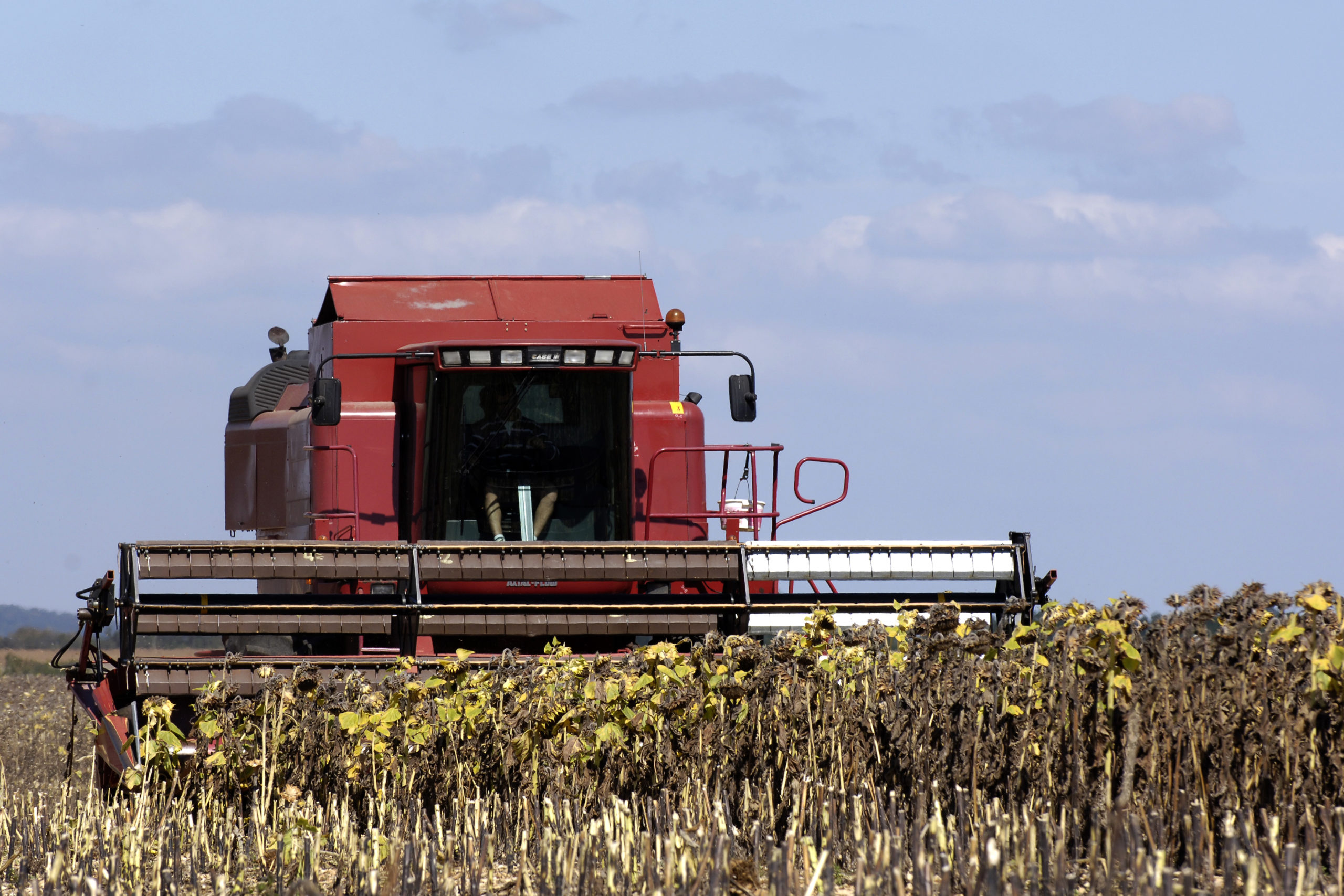of the weight of the seed
is fat
of the weight of the seed
is transformed into High pro meal for feed
of sunflower seeds
was processed by Saipol in 2020
France is Europe’s 2nd largest sunflower producer and Europe is the world’s largest producer. There are two types of sunflower: oleic sunflower and the traditional or linoleic sunflower.
Oil from oleic sunflower has a higher resistance to high temperatures and contains 80% oleic acid, whereas traditional sunflower oil is rich in linoleic acid (omega 6).
Between harvesting, which generally takes place in August and September in the northern hemisphere, and processing, the seeds are stored by collecting organisations (cooperatives and traders) or directly on the farm by farmers.
Saipol processes sunflower seeds all year round in its factories located in Lezoux (Puy-de-Dôme) and Bassens (Gironde). These two industrial sites have facilities for processing the hulls, the cellulose-rich husks of the seeds. Burned in biomass boilers, sunflower husks are the source of energy for the operation of these two industrial units. Dehulling also allows the production of sunflower cake that is richer in protein and contains less cellulose.

Benefits of sunflower
Appreciated for its vegetable oil, sunflower also has many agronomic benefits. Sunflower cultivation requires little intervention (fertilisers, phytosanitary treatments) and little water through irrigation. Nevertheless, it shows its full potential when cared for and watered.
As a plant introduced into the rotation, sown in April-May for harvesting in August-September, it has a short crop cycle.
Although sunflower is more commonly grown in regions south of the Loire, Terre Inovia has selected varieties that are adapted to most French departments, and in particular early, medium early and disease-resistant varieties. Terres Inovia institute provides farmers with a wide range of advice on oilseed crops, from the preparation of the soil before sowing to the choice of varieties and the harvest.
Lastly, sunflower is, like rapeseed, a honey plant. During the flowering period between June and July, many pollinators, especially honeybees, visit the sunflower. Depending on the year, sunflower flowering is responsible for approximately 8 to 11% of the honey harvest in France, i.e. a production of sunflower honey of between 1,600 and 2,200 tonnes per year (according to the Observatoire de la production de miel et de gelée royale, FranceAgriMer) and bees are an important element that farmers preserve because they contribute to pollination and therefore to the yield of sunflower.

The steps consist in separating the solid part, the cake, from the liquid part, the crude oil, through a process of flattening, pressing and extraction.
The crude oil is then refined to obtain an oil that is neutral in taste and odour, has a longer shelf life and is suitable for human consumption. The refining process also makes it possible to separate co-products, in particular sunflower lecithin, which will be used as a food emulsifier or as an ingredient in nutrition, health and cosmetic preparations.
The protein-rich oilcake is granulated and marketed as feed for livestock.
Sunflower oil is also used for the production of biodiesel (Diester) and crude vegetable glycerine..
